Wesleyan Professor to Create Mosaics on Main
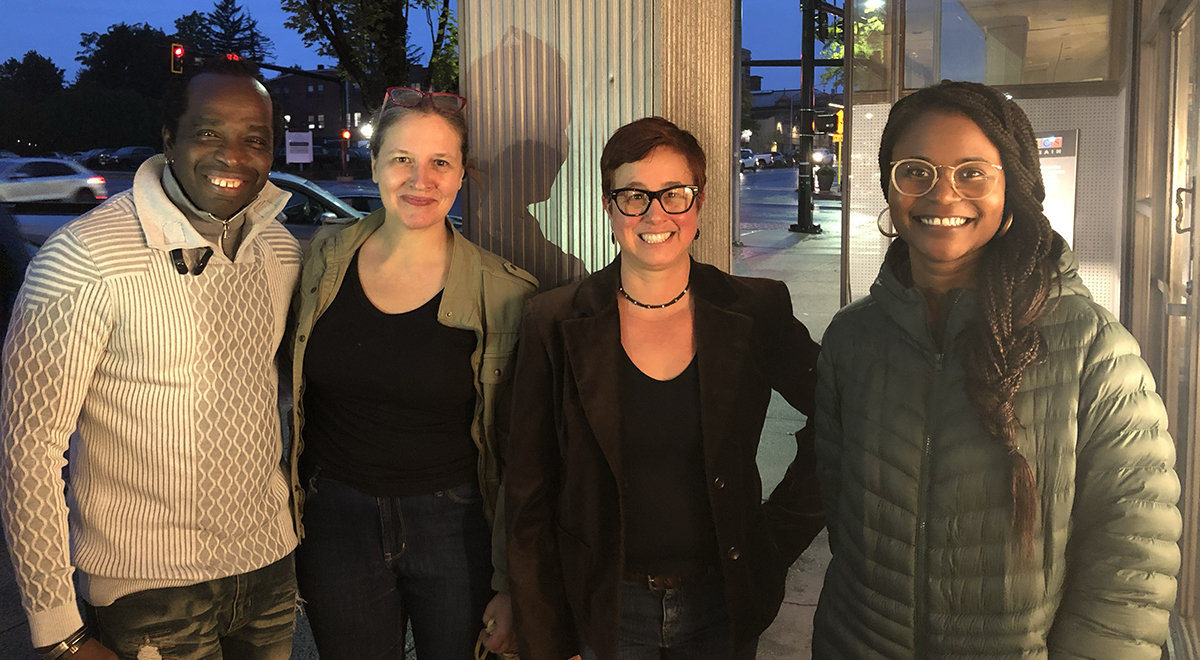
Four prototype mosaics sit on display in storefront windows along Main Street’s Downtown Business District this fall. The quartet are a sample of what Adjunct Assistant Professor of Art and Art Studio Technician Kate Ten Eyck will install in the pedestrian tunnel connecting downtown Middletown to the Connecticut River as part of a new public art project.
The ongoing multi-year mural installation project, called “Mosaics on Main/TunnelVision,” will showcase 200 million years of local history. Ten Eyck’s mosaic depicts the dinosaur Anchisaurus, one of the few fossilized skeletons found in the region, in Manchester and East Windsor.
Ten Eyck held a reception for the exhibition in the Middlesex Music Academy Sept. 25. The mosaics will be displayed on Main Street through 2024. “My whole team has just been incredibly supportive. It’s been an emotional roller coaster,” Ten Eyck said. “I never knew that I would do something like this, and I couldn’t do it without them.” Ten Eyck’s previous work has encompassed drawing, printmaking, sculpture, animation, and music.
Middletown Mayor Ben Florsheim ’14 spoke about increasing public art and uplifting artists as the city works to better connect downtown from deKoven Drive to Harbor Park and the riverfront. “I can’t tell you how excited I am about this project,” Florsheim said. “There’s so much learning to be done here.”
When she received some of the initial funding towards her goal of $560,000 last December, Ten Eyck began to recruit fellow artists to the project. “It was this great opportunity to make new work and join in this project,” Ten Eyck said.
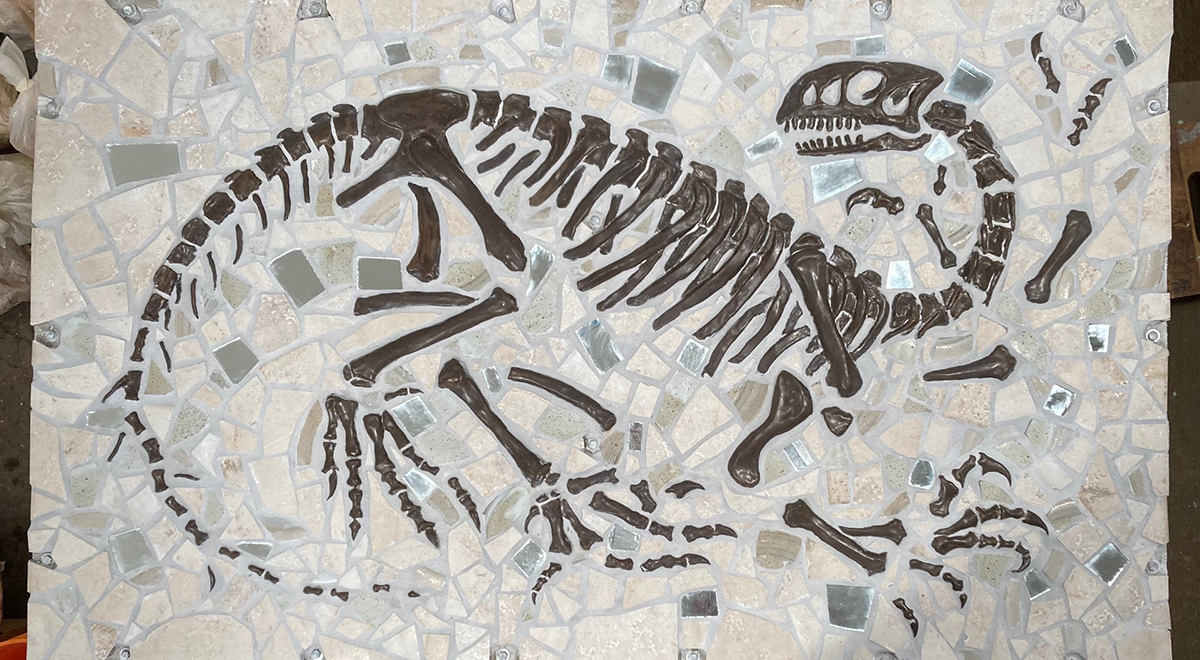
Artist Katharine Owens had never done ceramics before – her mosaic is “What Lives in Soil,” an homage to the insects and earthworms that live in and around healthy soil.
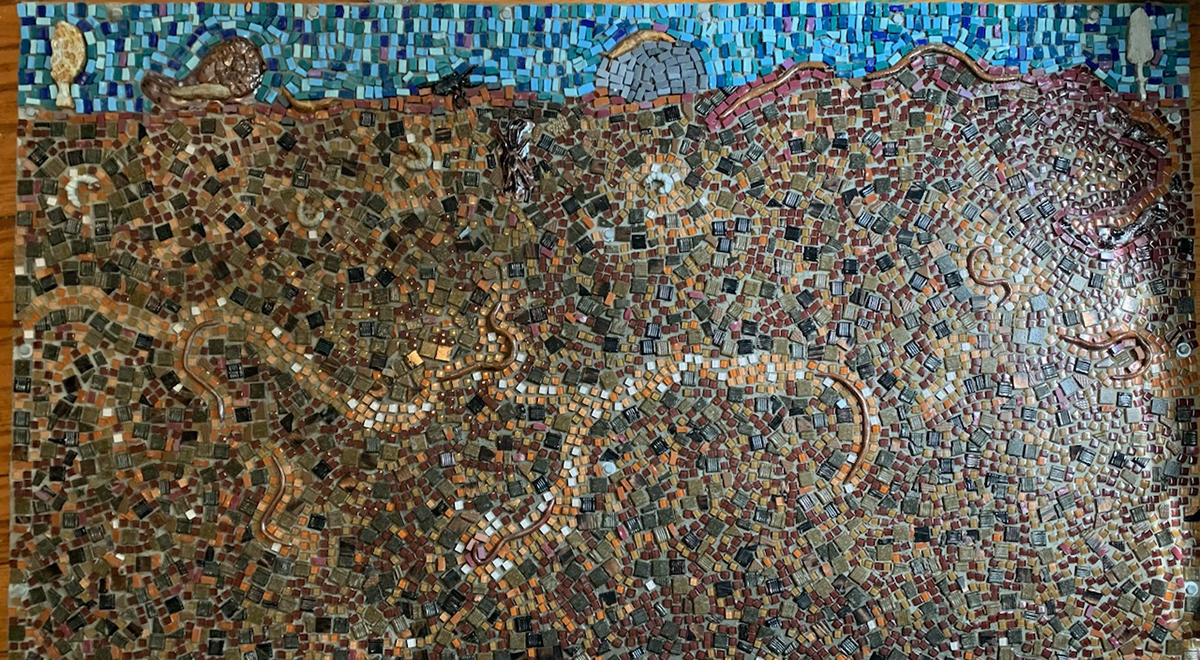
Assistant Professor of Art Ilana Harris-Babou’s contribution to the project is “How Will We Be Remembered?” which imagines what archaeologists from the future might find when they dig up items being used today.
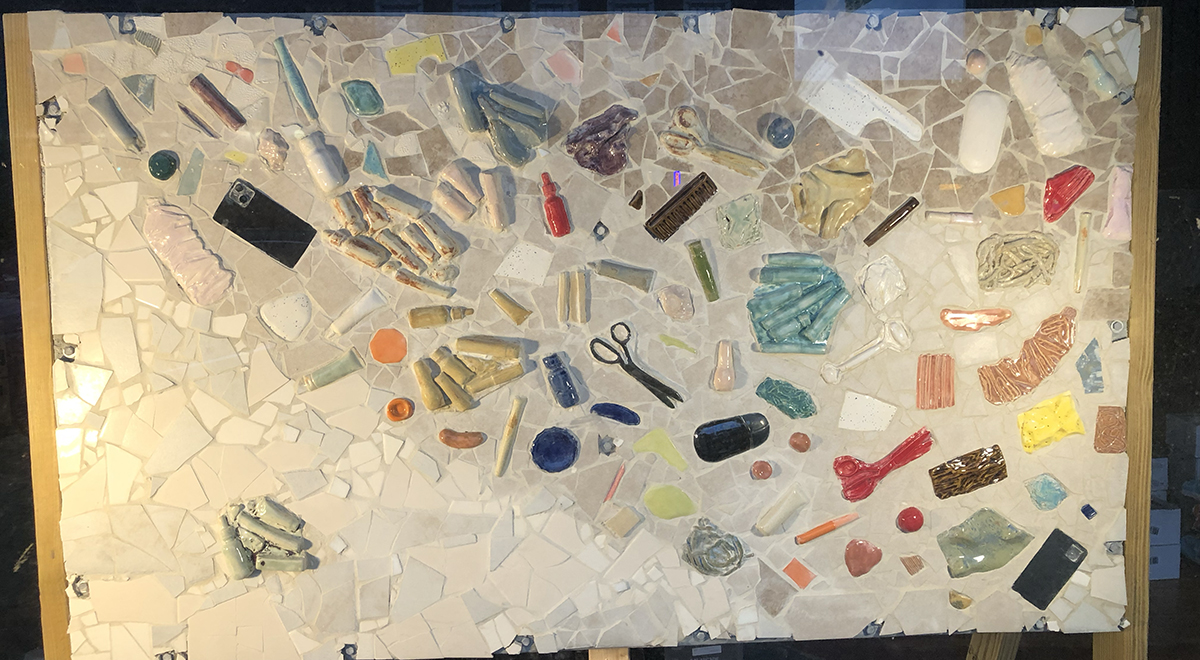
During the spring semester of 2024, Ten Eyck will be teaching the course ARST 229 “Community-Based Public Art,” where Wesleyan students will have the opportunity to work as part of Ten Eyck’s team to create the mosaics.
The Art Studio course will teach students key ceramics skills, like mold-making, mosaic tile setting, and design strategies for large-scale works. Attendees will also take field trips to local installations and meet with members of the Middletown Commission on the Arts at City Hall. Ten Eyck will also help students to learn about how to find funding sources.
In addition, Wesleyan students in the Drawing Studio of the Art Workshops will make tiles based on artifacts in the University’s Archaeology and Anthropology Collections that will be incorporated into a mosaic on local Native Americans, including the Wangunk people of central Connecticut. This section of the tunnel mural will be completed by artist Wendy Black-Nasta.
Wesleyan students in the Environmental Archaeology Lab used a 3D scanner to make accurate models of hammerstones, stone woodworking tools, and chipped stone tools found in Middletown, Portland, and surrounding areas. “These tools were made by Native Americans who have lived in this area for over 10,000 years,” said Assistant Professor of Archaeology, East Asian Studies, and the College of the Environment Katherine Brunson.
Ten Eyck and her students used the plastic replicas made in Wesleyan’s Integrated Design, Engineering, Arts and Society (IDEAS) Lab with the help of Makerspace Coordinator Ben Parker to create ceramic press molds to make tiles in the shapes of the original stone tools.
“There are thousands of stories in those collections, and I get so excited when someone has a new idea for how to draw those stories out,” said Archaeology Collections Manager and Adjunct Assistant Professor of Archaeology and East Asian Studies Wendi Field Murray.
Wiralpach Nawabutsitthirat ’22, MA ’23 will also be working on the first phase of Ten Eyck’s project, depicting extinct mammals such as mastodons. “I’m so grateful, and I’m looking forward to more and more people joining in,” Ten Eyck said of the project, which she aims to complete in the next six to 10 years.
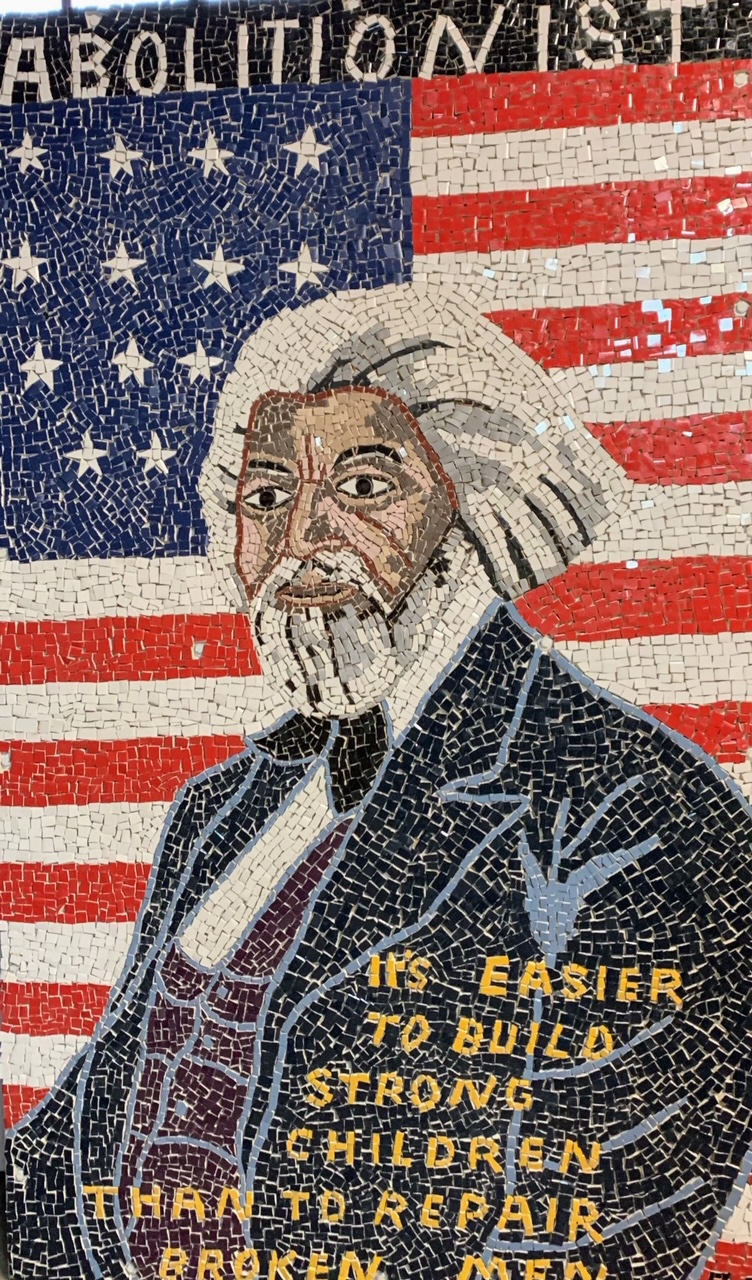
Funding for Mosaics on Main has been provided by the Connecticut State Legislature through funds from the American Rescue Plan Act, administered by the Department of Economic and Community Development’s Office of the Arts.

